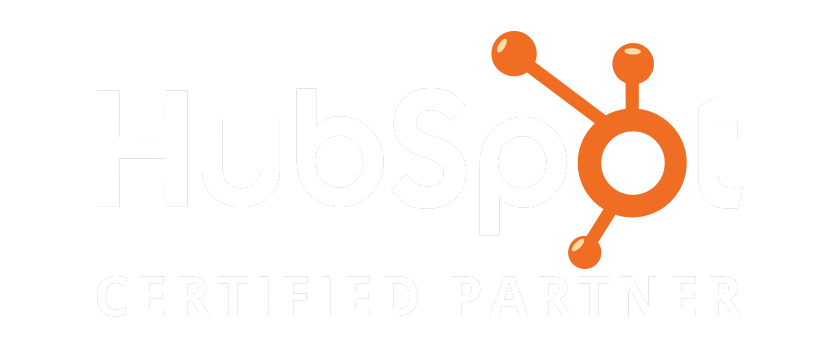As much as you read about search engine optimization (SEO), it seems like you could easily implement it and nab the top spot on the search engine results page (SERP). In truth, many businesses do content marketing well, increasing the competition for the top spots on the SERP.
While a few standard guidelines exist for implementing SEO, no one template exists for a business content marketing strategy. While these templates are there to guide you and your business, trying to copy from another business tops the list of SEO mistakes. Your business’s website needs to address content marketing uniquely.
Lost on where to start? Follow the SEO tips outlined in this article. Bake More Pies, Tampa marketing agency, specializes in this content marketing tactic and will help steer you away from common mistakes every business runs into when trying to implement SEO:
1. Having No Marketing Plan
Perhaps the biggest SEO mistake happens when a business tries to conduct SEO and content marketing on the fly. You need a marketing plan and within that, you need a content marketing strategy based on measurable goals using discernable, distinctive milestones. This roadmap guides you through the process and ensures you don’t forget any key point or major piece of SEO. It also provides a written document that makes it easier to consider options you might have missed or forgotten.
2. Ignoring Local SEO
Since small businesses comprise the majority of businesses in the US (99%) the majority of businesses need to use local SEO. This can vault them ahead of major corporations in SERP because the majority of individuals now use their mobile phones or tablets to conduct Internet searches. Using mobile search means searching on the go, which brings up localized results as a priority. That means a local independent plumber with a well-written SEO blog could appear in the top result instead of a national corporation like Roto-Rooter.
Local SEO requires different techniques than regular SEO. Implementing local SEO requires creating a Google My Business account (GMB) and Bing Business listings, as well as registering the business with the various major mapping services, such as Google Maps, MapQuest, Bing Maps and Rand McNally, etc. The information provided to the map service must exactly match what is used on the business website and the GMB listing.
Local SEO is vital for local businesses and companies. If you live in Tampa Bay, contact Bake More Pies, a Tampa advertising agency, for help with how to best optimize your searchability.
3. Ignoring Social Media
Social media platforms provide an integral facet of digital content. Ignoring any social platform that your target audience uses essentially equates to ignoring your customers. Social media provides you with an invaluable opportunity to interact on both a one-to-one and one-to-many basis. You can monitor the messages posted to your account and who can respond to them in the case of some platforms, such as Instagram, where you can turn off comments. Other platforms, such as VCSO, don’t allow likes or comments. You simply build a bulletin board of photos and graphics you tack up onto the Internet. More than 100 social media platforms exist, and they extend far beyond the big three of Facebook, Twitter and Instagram. Utilizing social platforms starts with finding out which platforms your target audience uses on a regular basis, then you can start posting and interacting there using your site’s SEO keywords for hashtags.
4. Ignoring the Need for a Blog
Blogs form a key component of modern content marketing. Essentially, your company’s blog lets you run a digital magazine that only prints what you want it to print. Unlike marketing just three decades ago, each business and brand now can control its own image. You’re no longer at the mercy of the newspapers and magazines who decide whether or not to cover your product. Your site’s blog lets you create the message and only run articles that support it. You set the tone, write the stylebook and determine the focus. With a blog, you own the publication, functioning as its publisher, editor-in-chief, and advertising department. You can feature ads for other brands your company owns or cross-company market by ad trading with non-competing companies with which you do business.
5. Avoiding the Use of Focus Groups and Surveys
For some odd reason, most businesses seem to fear learning what their target audience actually thinks and feels. Conducting a survey of your customers, clients, fans, etc. can provide you with some of the most valuable information available. When you know what your target audience cares about, you can provide them with that through digital content they’ll enjoy consuming. When people love your digital content, they visit your website more often. They develop respect and love for your brand. That translates to brand loyalty. Brand loyalty gets people to pay more for one product over another. That produces sales from your SEO content marketing and that’s the whole point of SEO and local SEO. Nabbing that top spot in SERP gets you seen. It equates to a superstar who earns top billing on a movie poster or marquee.
6. Posting Blogs with No Call to Action (CTA)
Every blog that hits your website should contain a CTA. Local radio and television of yore knew this. Today’s commercials hit people over the head a little less with it, but blogs took over. Those last two lines of every piece of content should read something like, “Contact Bake More Pies today for help with your SEO and digital content marketing. Let us help you attract more customers and make more sales.” Within this ending statement, it may be helpful to link to your “contact us” page so your customers can easily send you an inquiry.
7. Not Tying Digital Content Marketing to Other Marketing
Your website content with the essential call to action needs to tie in with everything else you do for marketing and outreach. This goes back to your marketing plan, but it goes beyond that, too. Promote your blog by printing its URL on your company letterhead. Integrate your SEO into your press releases. Encourage customers to post about your product with brand hashtags and take pictures with the products. Post photos and writeups of local business-related events to your blog. For instance, a local bakery conducting a sample day of its new sugar-free cookies could encourage customers to take a selfie with the baker and the cookies, then post on social media with a promotional hashtag.
8. Getting Stuck in a Rut
Your SEO content and local SEO need to mesh with everything else your business does. Think of it as a business process. You’d try to improve your business processes and manufacturing through Six Sigma, 5S, the Toyota Way, etc. to create a continuous improvement in your office procedures or manufacturing processes. Integrate your SEO content marketing into that, too. Don’t get rooted in one thing that seems to work. The search engines consistently update their methods of ranking SERP and although their algorithm updates make marketers want to tear their hair out at times, when you learn to change as quickly as they do and only in a positive way, you’ll improve your SEO. You might end up being the new leader that they notice and copy. That’s how they improve their algorithms. The search engines notice which sites use best practices and which sites try to game the system. They penalize the gamers but reward the hard-working businesses doing SEO the right way.
Contact Us, Tampa Advertising Agency
Hey, we’re here for you! We’ve already got the expertise and we can work with any budget. Think of us as a small business helping other small businesses.
Contact Bake More Pies, Tampa digital marketing agency, today to get all the SEO tips and tricks to take your business to the next level. We’ll help you integrate your content marketing into every aspect of your company and avoid SEO mistakes. Call us today!



